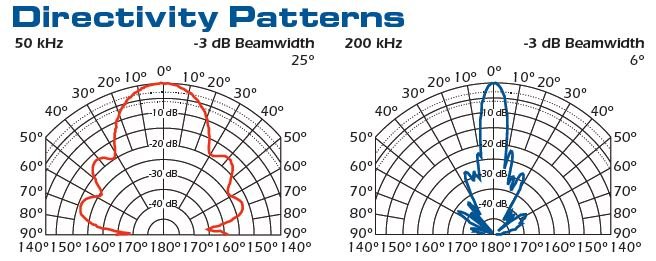Well let's set some parameters. TM 260- 19 degree cone at 50 hertz and 6 degrees at 200, speed- 3 knots, screen advance 1/1, gain on automatic since ocean conditions can vary tremendously and depends on marine organisms. Choose a gain if you wish. What I'm after is the number of pixels that Furuno programs into there units for a good target. Since we can see the top and bottom of a bait school, it implies that there is a way to see the lower limits of an object. If that is the case it would seem to me that any fish that is less than one foot thick will be represented by a single dot(pixel) while the larger target (whale) will be represented more like a fish arch in shallower conditions when you have more pixels per foot of water. Example: In 48 feet of water you will have 10 pixels per foot of water, more since you include the bottom,which give you much more detail and a beautiful arch that you wouldn't see if the same fish was in 480 feet of water. I'm trying to determine scale of the picture related to depth and whether or not Furuno programs extra pixels into the picture to see targets better. Sort of like when some manufacturers program fish pictures in.



